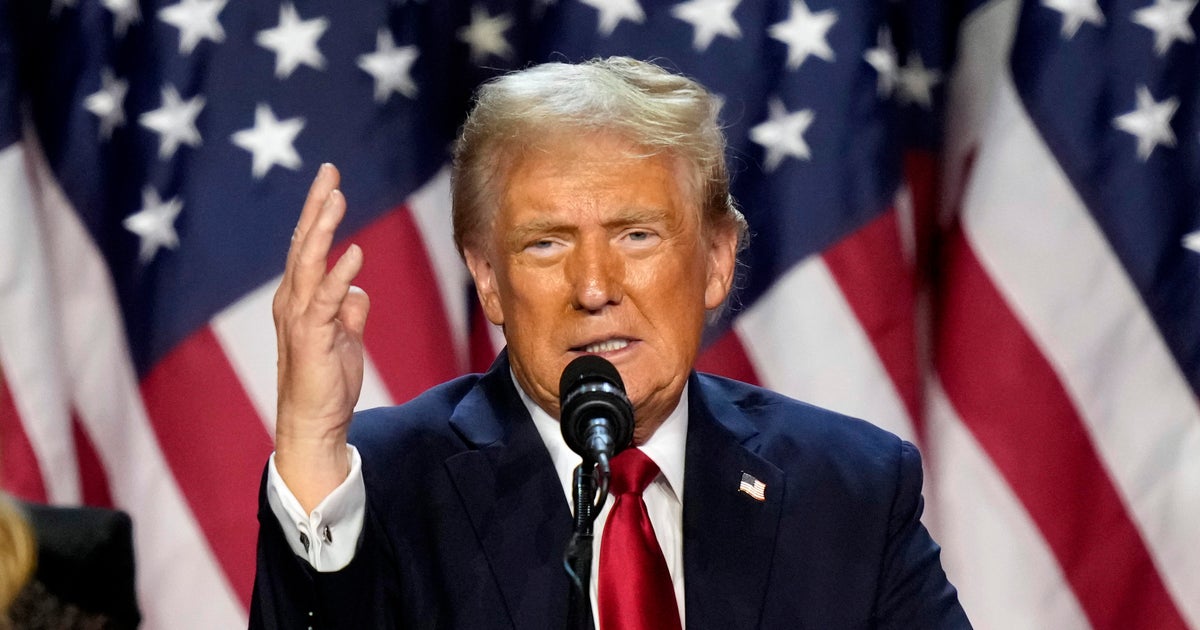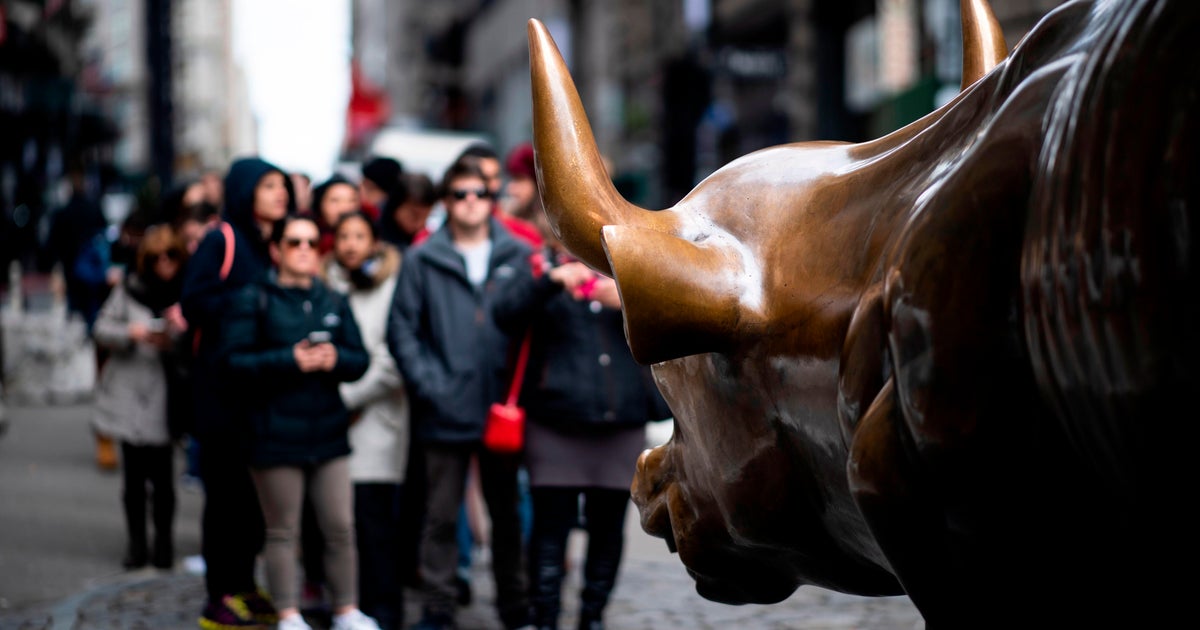Why Trump didn't get a mugshot — and wasn't even technically arrested — at his arraignment
Former President Donald Trump was arraigned on at a federal courthouse in Miami on Tuesday – but since he is a former commander-in-chief, his arraignment followed a slightly different process than is typical.
Trump's attorney and spokesperson Alina Habba, who gave a statement while Trump was in the courthouse, responded to questions from CBS News about whether the former president had been arrested, fingerprinted and had a booking photo — commonly called a mugshot — taken: "President Trump is in a very unique position where he doesn't need to be given a mugshot, obviously," Habba said. "He is not a flight risk. He is the leading candidate of the GOP at the moment. He is going through a process that has been coordinated with Secret Service and it will all be handled seamlessly."
Law enforcement carries out an arrest when there is probable cause that a crime has been committed.
An arraignment is different. It happens after an indictment has been filed and is the defendant's first appearance in court where they are read their rights and the charges against them. It is during the arraignment they enter their plea. Trump was not arrested and handcuffed; instead, he surrendered himself and showed up to his arraignment.
In federal courts, the defendant is typically processed after being arraigned, but Trump completed the booking process before he entered the courtroom. Trump was expected to be swabbed for DNA, which goes into a database and is required in the federal court system. He was also fingerprinted.
He was not handcuffed, but instead in the custody of the U.S. Marshals, according to an official familiar with the arraignment.
Instead of having a booking photo taken, officials downloaded an official photograph. In the federal court system, cameras are not allowed inside courtrooms and if mugshots are taken, they are not released, says CBS News legal analyst Rikki Klieman.
The process was similar during his first arraignment, on state charges, at a lower Manhattan court in April. There, Trump was not handcuffed and did not have a "perp walk," where the defendant is walked into the building within public view. Only still cameras were allowed inside the Manhattan courtroom.
He also didn't have a booking photo taken during his New York arraignment. Despite the absence of the shot, his campaign began selling T-shirts with a black-and-white image of Trump that resembles a booking photo, but was not.
Following the booking process, Trump and his attorneys entered the courtroom shortly before 3 p.m. There, he, via his attorney Todd Blanche, entered a plea of not guilty to all charges.
"Your honor, we most certainly enter a plea of not guilty," Blanche said.
While there were glimpses of Trump during his first arraignment as he walked from the courtroom, there was no public sighting of Trump at the Miami courthouse, except for his motorcade.
Similar to the New York case, Trump did not need to post bail, but the court may impose restrictions on him, Klieman said. The GOP presidential candidate did not have to surrender his passport and is not restricted from travel either within the U.S. or internationally. But the court also said Trump is not allowed to communicate with codefendant Walt Nauta specifically about the facts of the case. During the New York arraignment, conditions were not set.
The former president was indicted last week on 37 counts related to sensitive documents brought from the White House to his Mar-a-Lago club and alleged efforts to obstruct the investigation.
Pat Milton, Graham Kates and Rob Legare contributed to this report.



